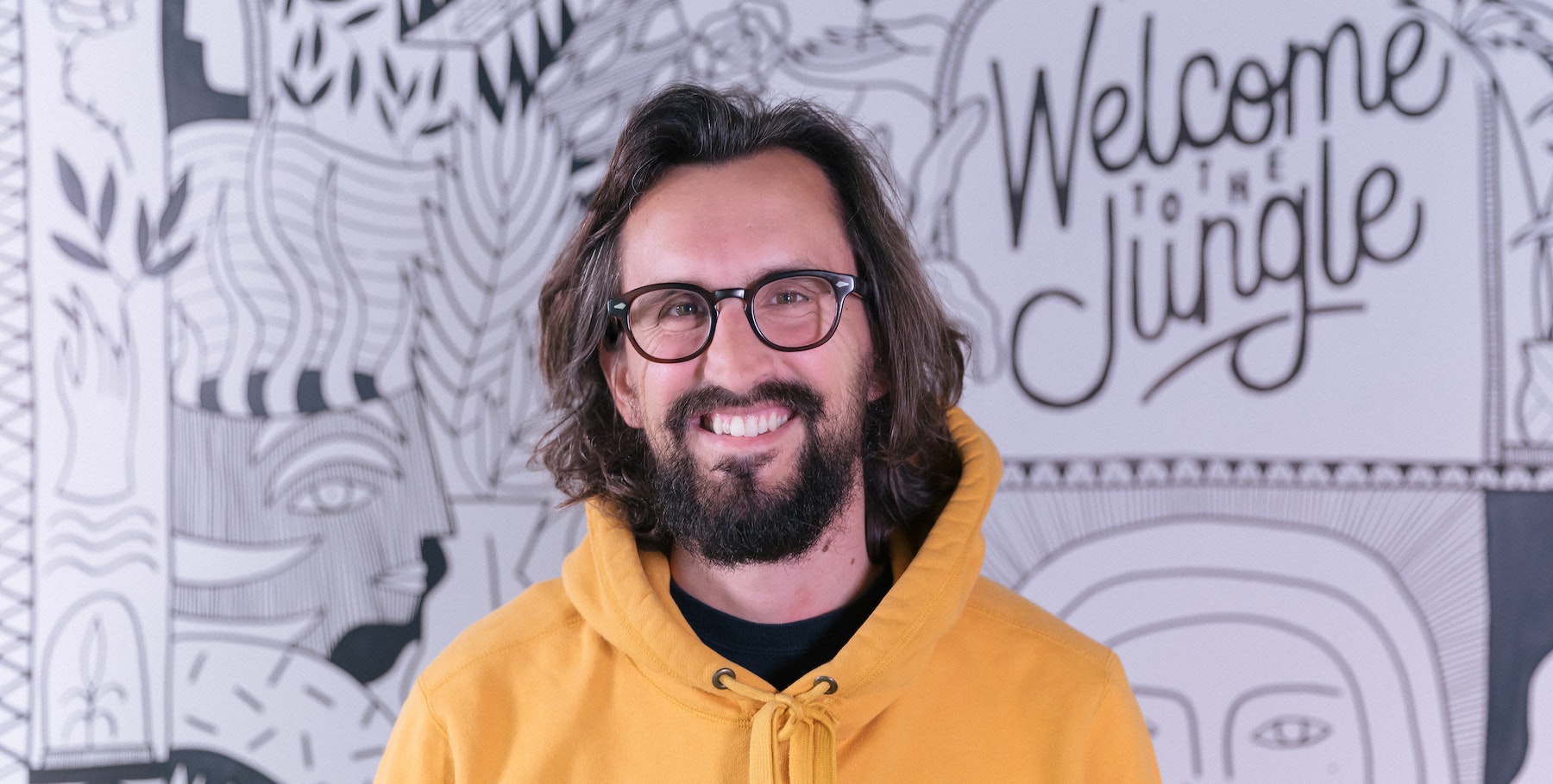This week, tech companies around the world are preparing for their annual contribution to International Women’s Day. This usually results in a fleeting tweet about empowerment or an Instagram picture of some female employees, in an attempt to show off their well-balanced workforce. At iZettle, we’ve been guilty of it too.
But this year, I wanted us to do something different, something that I hope will have a real impact and lead to change. Here’s why.
Throughout my career as a UX copywriter, I’ve been told that the absence of female coworkers in my team is down to a general lack of women studying and applying for positions in tech. I’m told the same thing by data scientists, software developers and bug testers.
But in the 10 years that I’ve been working, the complexion of tech has changed for the better and it’s time for hiring practices to reflect that. It’s time to make more active attempts at finding female talent.
Technology is pervasive and new generations of young women are lining up to make their mark on the sector.
This abundance of skilled women is supplemented by a boom in older women retraining in STEM subjects, meaning that if there’s still a chasm of inequality in tech recruitment it’s not because the women aren’t there – it’s because we haven’t found the right way to engage them.
Idly waiting for female applicants to appear in your inbox and then bemoaning the lack of gender parity in the industry is baffling behaviour, particularly in a sector that prides itself on innovation.
If you want to call your company innovative, it needs to be innovative all the way down – from the way you build your product to the way you hire new staff. Women of all ages from all nations are eager to work, but you need to let them know you’re looking.
We know that men and women alike wish to work in diverse organisations.
A recent study in the Journal of Vocational Behaviour showed that Swedish school children, both male and female, were reluctant to work in an industry dominated by the opposite gender. And Deloitte’s 2018 Millenial Survey found that seven out of ten millennials would want to work for more than five years at a company with a fully-diverse workforce.
The only way to achieve this is by making a united commitment to finding and encouraging new talent, and the responsibility doesn’t just fall on the shoulders of your recruitment team. If we want to work for a diverse industry, the responsibility is ours to share.
If you want to call your company innovative, it needs to be innovative all the way down.
The tech community is unrivalled in its willingness to share information and desire to solve problems, so why not apply that goodwill to diversity initiatives, too?
Inviting women to speak at conferences, promoting them to leadership positions and featuring their articles in the press are all ways of introducing female role models to the next generation. And using personal recommendation networks, guaranteeing equal pay and running relevant in-house diversity initiatives are all part of creating a culture of inclusion.
There is much to say on the relevance of in-house diversity initiatives.
As International Women’s Day approaches, I’m already braced for an influx of photos appearing in my social media feed featuring hastily-assembled groups of women presented as proof of one company or another’s commitment to equality.
But how much does this tradition achieve? It doesn’t get more women interested in tech and it doesn’t celebrate the achievements of the women who work with tech already.
If there’s still a chasm of inequality in tech recruitment, it’s not because the women aren’t there – it’s because we haven’t found the right way to engage them
This year, on behalf of my employer iZettle, I wanted to address both of those issues by writing a book that would inspire the people that read it and celebrate the women included in it. The result was Women Transforming Tech, a collection of stories that we can use to shift cultures and change attitudes, encouraging more women to consider a career with us along the way.
We believe tech can create equal opportunities for all, and so does the United Nations. That’s why we’re launching this project in support of UN Women UK, by giving a platform to some of the voices of their own remarkable female tech ambassadors too.
I’m lucky to work for a company that invests in compelling initiatives such as Women Transforming Tech and my hope is that it encourages more businesses to shout louder about their commitment to equality and search further afield for talent.
I’d like to see a world where gender, age and nationality are brought together in a swirl of informational diversity and original thinking. To achieve this we can all play a part – at home, in our workplaces and in our daily interactions where we have the opportunity to challenge tradition and break industry norms.
This year, ditch the group photo. We can do better.


